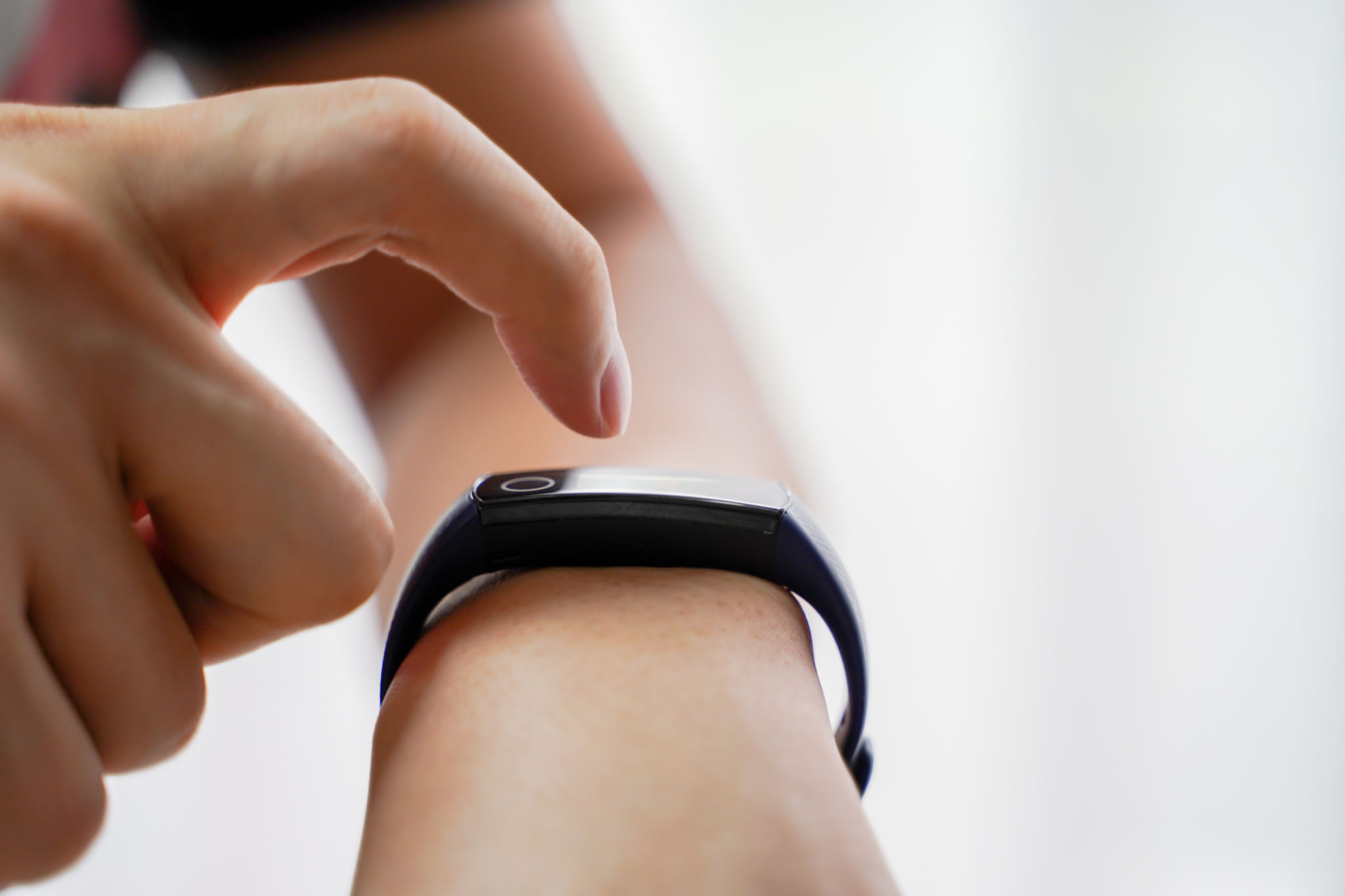The Benefits of Connected Devices for Urban Infrastructure Maintenance
Introduction to Connected Devices in Urban Maintenance
As cities continue to grow at an unprecedented rate, maintaining urban infrastructure has become a complex challenge. The integration of connected devices, commonly known as the Internet of Things (IoT), offers innovative solutions to streamline and enhance urban infrastructure maintenance. These technologies are transforming how cities operate, ensuring efficiency, safety, and sustainability.

Enhanced Monitoring and Real-Time Data
Connected devices provide real-time data and monitoring capabilities that are crucial for effective infrastructure maintenance. Sensors installed in roads, bridges, and buildings can detect wear and tear, alerting maintenance teams to potential issues before they escalate. This proactive approach not only reduces downtime but also minimizes repair costs.
Moreover, real-time data allows city officials to monitor traffic patterns, water usage, and energy consumption. This information can be used to optimize resource allocation and improve overall urban planning strategies.
Predictive Maintenance and Cost Efficiency
Predictive maintenance is another significant benefit of IoT in urban infrastructure. By analyzing data collected from connected devices, cities can predict when and where maintenance is needed. This foresight prevents unexpected failures and extends the lifespan of infrastructure components.

The financial implications are equally compelling. Predictive maintenance reduces emergency repair costs and allows for more efficient budgeting and resource allocation. Cities can plan maintenance schedules based on actual needs rather than fixed timelines, leading to significant cost savings.
Improved Public Safety
Connected devices play a critical role in enhancing public safety. Smart streetlights, for instance, can adjust brightness based on pedestrian and vehicular traffic, ensuring well-lit environments that deter crime. Similarly, IoT-enabled surveillance systems provide real-time monitoring, improving emergency response times and overall city security.
In addition, connected devices can monitor structural health, alerting authorities to potential hazards such as bridge weaknesses or road damage. Addressing these issues promptly prevents accidents and ensures public safety.

Environmental Impact and Sustainability
By optimizing resource use, connected devices contribute to environmental sustainability. Smart grids and water management systems reduce waste and ensure efficient distribution of resources. This not only conserves valuable resources but also reduces the carbon footprint of urban areas.
Furthermore, connected devices can support initiatives like smart waste management, where sensors in bins signal when they need to be emptied, reducing unnecessary collection trips and lowering emissions.
Conclusion: The Future of Urban Infrastructure
The integration of connected devices into urban infrastructure maintenance is a game-changer for cities worldwide. By leveraging real-time data, predictive maintenance, and enhanced public safety measures, cities can operate more efficiently and sustainably.
As technology continues to evolve, the potential for IoT in urban infrastructure will only grow, paving the way for smarter, safer, and more resilient cities.
